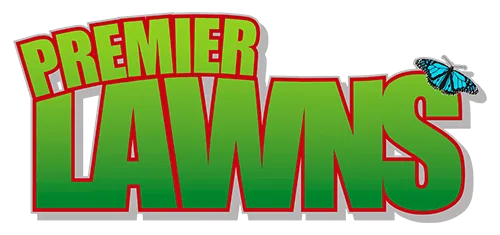Of all the nutrients your lawn needs in winter, Iron is arguably one of the most important. Here are the reasons to add iron to your lawn?
- Helps to control moss
- Boosts colour, making your lawn much greener
- Important for plant metabolism
- Makes healthier, more disease resistance plants
What does adding Iron to your lawn do?
There are two reasons for adding Iron to your lawn in winter. First of all, it’s great for controlling moss. We’ll look at that in another blog. But first and foremost, this particular mineral is a vital plant nutrient. Without it, plants cannot thrive.

Why do plants need iron?
Plants and people both need iron. In humans, the mineral forms part of the haemoglobin in your red blood cells which transports oxygen to your brain, your muscles and your internal organs. In plants, iron is needed, amongst other things, to make chorophyll. Chlorophyll is what makes the leaves green but physiologically it is used to harness sunlight to make sugars. In short, it’s how plants feed themselves. Plants also use iron to make some of the enzymes and hormones that control everyday functions within their cells.
A person who lacks iron in their system is said to be anaemic. More often than not their skin will be pale and they’ll feel tired, lethargic and sometimes even breathless. If your lawn is iron deficient, the condition is known as chlorosis. Leaves will be pale and take on a yellowish tint in between the veins. In extreme cases, the leaf blades might be a bit floppy and lacklustre. And as with any sort of malnutrition in lawns, the plants will be more susceptible to pests and diseases.
How to add iron to your lawn
Adding iron to your lawn needs some thought. In my blog about humic acid I explained that plants absorb nutrients through their roots. The nutrients need to be dissolved in water, and the molecules need to be small enough to pass through microscopically small pores in the root’s surface. Iron, as you know, is a metal. It doesn’t dissolve in water. So how do plants absorb it?
Various elements in the soil can combine with iron molecules to make them soluble. Some soils, clay being one of them, don’t contain enough of the necessary elements to “release” the nutrient. So we, as lawn lovers need to provide iron in the right form for the plants to absorb.
Chelated iron, is the metallic element that has been combined with another element to make it into molecules that are water soluble and small enough for roots to absorb. Greenkeepers tend to use Iron Sulphate, sometimes known as Sulphate of Iron or Ferrous Sulphate. The Chemical formula is FeSO4 – ie each molecule comprises one atom of iron (Fe), one of Sulphur (S), and four of Oxygen (O)
To apply Iron Sulphate to your lawn, it needs to be carefully dissolved in water and sprayed onto the plants. Some will be absorbed through the leaves, some will find its way into the soil. However, if your soil is acidic, lacks humic acid or is clay based, the nutrient may well be very quickly locked into the soil so that the plants cannot access it.
I’m a big fan of applying a seaweed tonic at the same time as Iron and Humic acid.
How often to treat your lawn
Soil science is incredibly complex and the balance of minerals is different in every garden. Which is why I always recommend treating your lawn with Iron 2-3 times a year. After scarification to help the grass bounce back and again in autumn/winter for a gloriously green lawn.
The active ingredient in chelated iron is slightly less concentrated than in powdered iron but in my opinion, chelated is easier to use and more effective as a plant tonic.
Whichever form of iron you choose to apply, be careful. Just as it’s possible for people to get ill by taking too many vitamin supplements, – too much Iron on your lawn can be a bad thing. Always consult a professional.
Does your lawn need iron?
In my honest opinion, all lawns will benefit from an application of iron in the middle of winter. It will boost the colour and help the lawn to resist the ravages of winter diseases such as fusarium patch and red thread.
Watch my video on winter lawn care, and if you need help or advice, please don’t hesitate to get in touch with the Premier Lawns team.
Contact Robbie at Premier Lawns
More useful articles about lawn care
How often does my lawn need feeding and weed control?
The nutrients that your lawn needs and how to apply them
Your garden and lawn care calendar
Moss control – a great article from the Lawn Association

